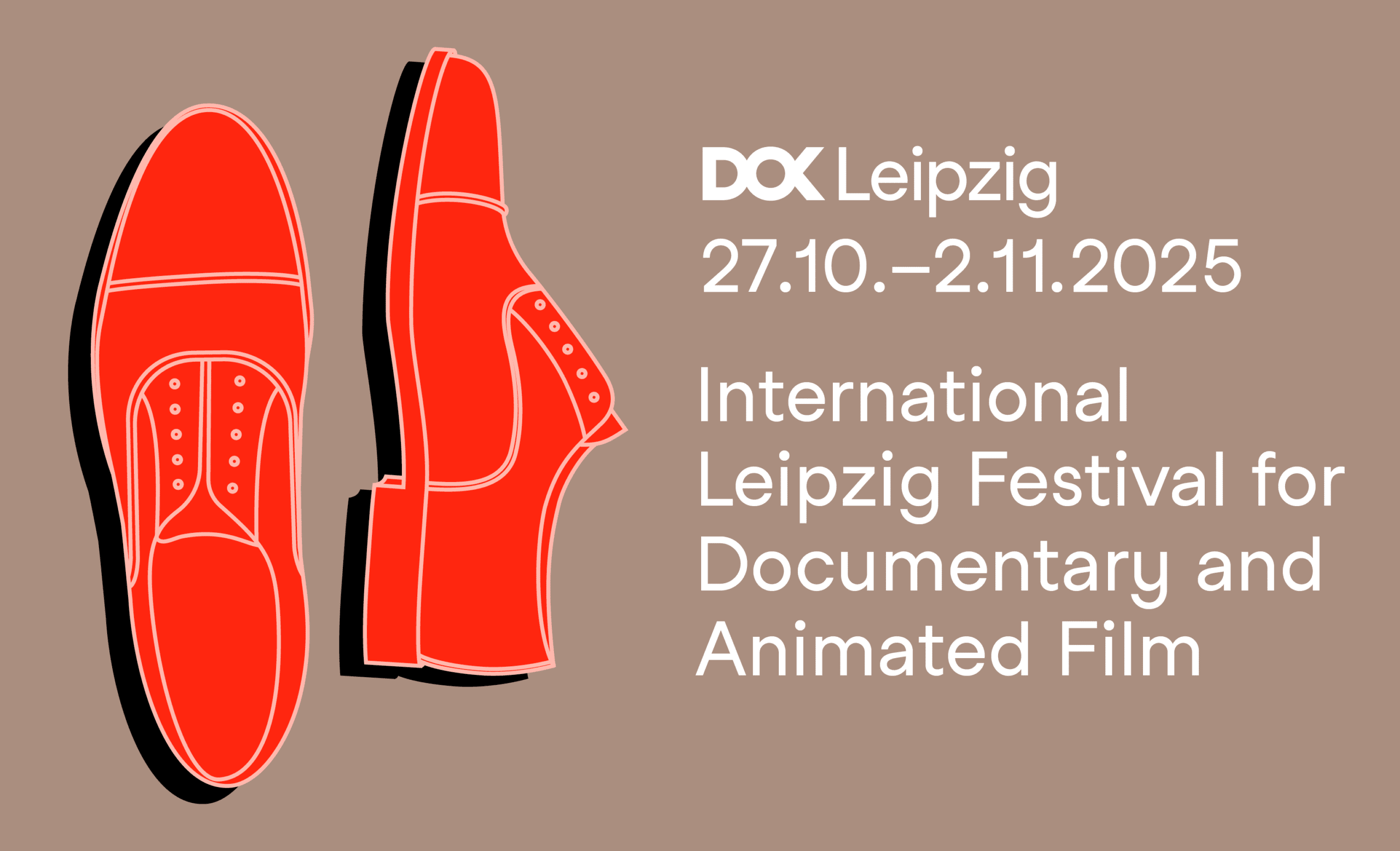
The western doctors working with the Wayana community who are depicted in Zaïde Bil and Sébastien Segers’ feature documentary Parasisi have a strange way of tending their patients. They will suddenly cut off a chunk of a child or baby’s hair. That’s because they want to check for mercury poisoning.
The film (screening this week in Flanders Film Days) is set on the Lawa River in an area nestling between Surinam and French Guyana.
“Every year, small scale gold mining releases 5000-10,000kg of mercury into the environment. Mercury poisoning can cause severe brain damage and eventually death in unborn babies and young children,” the grim intertitles warn us at the end of the movie.
Bil and Segers produced the documentary through Dokma, the company they set up just under 10 years ago, when they were still at The Royal Institute of Theatre, Cinema and Sound in Brussels.
“I made a graduation film about my family in Surinam. They own a house there. We made a film about the connection that was lost when they migrated to the Netherlands,” Bil remembers. This led to her first visit to Surinam, a trip that “opened up a whole new world about my history, the Dutch history but also about all the stories in Surinam that are untold.”
Bil had won a Wild Card with her short which provided the initial funding enabling the duo to begin to work on Parasisi. The filmmakers began to steep themselves in anthropological studies to learn more about how the indigenous Wayana people have been exploited by incomers. They discovered stories of the well-meaning missionaries who had come to the region, preaching Christianity but opening the way for exploitation from the miners and carpetbaggers who trailed in their wake.
“When missionaries arrive somewhere, there are always other people that follow. In this case, the Wayana were contacted by American missionaries in the 1980s. Right after that, the gold miners arrived, through the airstrip the missionaries had created,” Segers notes. “Religion starts first and then everything else follows.”
Gold mining has been going on in colonised countries for hundreds of years. There is always what Segers calls “a symbiotic relationship” between the miners and the missionaries – but this is rarely to the benefit of the locals.
Bil received advice from The Mulokot Foundation, which aims to promote sustainable development in the Wayana community, about where would be best to film.
The two directors were very conscious that documentary makers themselves can behave like missionaries, coming into communities and trying to impose their views.
“It was something we were very aware of from the start. The first ‘exotic’ images that came from these regions were made by missionaries mostly. They were these black and white images of these people you had never seen before. There is this exotic, anthropologist side to it. Before we began shooting, we took a long time to create a visual language. We realised that maybe our film should have a dialogue with that kind of imagery,” Segers says.
One key decision was for cinematographer Angela Otten, a fellow student from film school days, to shoot in black and white – and thereby to echo those early movies made by the missionaries.
“We as consumers want to see this romantic image of indigenous people,” Bil adds of how western storytellers and audiences have fetishised the exotic world of indigenous communities without truly understanding them.
Another reason for shooting in black and white was to introduce nuance. “There is no good and bad – but a lot of grey.”
Of course, there have been countless previous documentaries exploring the vexed relationship between indigenous communities and intrusive outsiders with their own hidden agendas. Nonetheless, the same patterns keep on recurring. During their time in Wayana territory, the directors saw westerners make flying trips to the region without ever properly engaging with the people there.
“We saw American missionaries entering with a plane for three days, giving a lecture and then leaving again. We saw French doctors entering the region, trying to help people, which they do. They have very good intentions but then they leave again,” Segers says. “It’s the coming and going of people. We [as filmmakers] are doing the same thing and we are really aware of that.”
“Everybody in this region has a certain degree of mercury poisoning. These doctors have the best intentions but, even so, they are still part of the invasive atmosphere that these [Wayana] people experience,” Bil says.
The film’s title ‘parasisi’ means parasite or intruder – terms which have come to seem interchangeable. “In showing all these different kinds of people, the viewer can decide who is the good one and who is the bad one. It’s difficult to say that the Wayana are 100% good. It is not that easy,” Bil observes.
When they were raising finance for Parasisi, Bil and Segers approached production companies in Flanders. They were advised, though, to use the Wild Card money to invest directly in the film and to produce it themselves. They raised extra money from the VAF, Belgium Development Cooperation, the Pascal Decroos Fund and Sabam For Culture.
“We collected different pots. With this money, which was still a small amount – I think it was €80,000 or 90,000, we made this film,” Segers explains.
The crew was kept small. They were shooting in remote, beautiful but very challenging conditions. Both directors fell sick during the two-month shooting period. Segers suffered a severe ear infection. Bil had “an actual parasite.” Somehow, with the help of the French doctors, they were able to make it through the filming period.
Bil works with Filmpact, the organisation run by producer Emmy Oost and that oversees impact producing in Flanders. She is one of the directors on the new project What About Men which is Oost is currently producing. Oost was also a “producing coach” on Parasisi.
Alongside their more personal work, the directors make films for NGOs, for example recent films on kids with parents in prison.
They are now looking to release Parasisi – and potentially to get it into human rights festivals. They hope to show it to the Wayana community too. One idea is to screen it on a boat on the river on an inflatable screen, possibly with the support of the Mulokot Foundation.
“One goal is to change the way we look at gold. We would love to have a discussion about this and talk about the disruption that gold causes in the communities where it is dug – it is really a poisonous thing,” Segers states. “For the future generations of the Wayana people, it might be so disruptive the community would die out. They are only 1000 people. This mercury poisoning can actually damage their population.”
Whatever the challenges they faced, both directors still speak with awe of their time with the Wayana community. They would sleep on hammocks in the open air. Their hosts were initially wary about them but soon treated them as part of the family.
“At night, you would hear everything from the rainforest. Sometimes, the howling of the monkeys would wake us up. It was amazing, the mist on the river, every day was a spectacle!”










